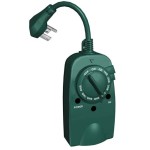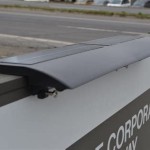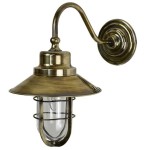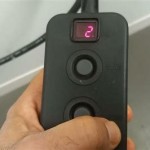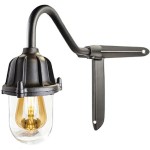Outdoor Emergency Lighting Requirements: Essential Aspects
Outdoor emergency lighting, a crucial component of public safety, plays a vital role in ensuring safety during power outages and other emergencies. Meeting the essential requirements for outdoor emergency lighting is paramount to guarantee its effectiveness and reliability.
This article delves into the essential aspects of outdoor emergency lighting requirements, providing insights into the critical factors that govern their design, installation, and maintenance. Understanding these requirements is key for architects, engineers, and facility managers responsible for ensuring the safety of outdoor spaces.
Illuminance Levels
Illuminance levels determine the brightness of the emergency lighting and are crucial for visibility during emergencies. Requirements vary based on the specific area, with higher illuminance required for areas with potential hazards or high occupant density. The International Building Code (IBC) provides detailed guidelines for illuminance levels in various outdoor areas.
Duration
The duration of emergency lighting refers to the length of time it must remain operational during a power outage. Typically, emergency lighting is required to operate for a minimum of 90 minutes. This duration provides sufficient time for occupants to evacuate safely or for emergency services to arrive on scene.
Control and Operation
The control and operation of emergency lighting systems ensure their reliability during emergencies. Emergency lighting should be activated automatically upon a power outage and should be easily accessible and operable by occupants. Regular testing and maintenance are crucial to ensure the system functions properly when needed.
Mounting Height and Location
The mounting height and location of emergency lighting fixtures are important factors that affect visibility and effectiveness. Fixtures should be mounted at an appropriate height to provide optimal illumination and should be placed strategically to ensure even distribution of light.
Testing and Maintenance
Regular testing and maintenance are essential to ensure the reliability and performance of emergency lighting systems. Routine testing should be conducted to verify the functionality of the system, including battery backup and controls. Proper maintenance practices, such as cleaning and replacing components, extend the life of the system and guarantee its readiness during emergencies.
Adhering to these essential requirements for outdoor emergency lighting is paramount for ensuring the safety of occupants during emergencies. Architects, engineers, and facility managers must prioritize these aspects to create well-designed, reliable, and effective emergency lighting systems.
By incorporating these requirements into their planning and design, they contribute to the overall safety of outdoor spaces and mitigate the risks associated with power outages and emergencies.

New Lutia Outdoor Emergency Lighting Is Easy To Install And Weather Resistant Abb

How To Determine The Age Of Your Emergency Light

Portable Inflatable Emergency Lighting System For Outdoor

Emergency Light Standards Jim S Fire Safety

Halogen Non Metallic Enclosure Industrial Emergency Light Outdoor X Lite Mounting Type Wall

Lavex Outdoor Indoor Double Head Remote Led Emergency Light 2 4 Watts 3 6v 9 Compatibility

What You Need To Know About Emergency Egress Lighting Morrison Maierle

China Outdoor Led Fire Emergency Light With Aluminum Manufacture And Factory Saselux

Round Inflatable Emergency Flood Lighting For Outdoor 5mtr

Ciata 75 Watt Equivalent Integrated Led White Water Resistant Outdoor Emergency Light With 3 6 Volt Battery 1 Pack 63983l The Home Depot
Related Posts
